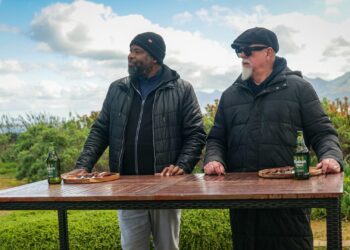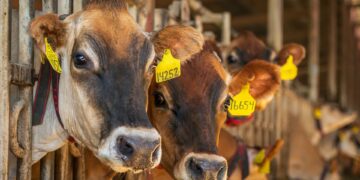In many communities, stokvels are not only a financial safety net but a key tradition of festive season planning, ensuring families navigate the celebratory months without unnecessary financial strain.
While some members use the extra cash wisely to avoid financial challenges in January, others may be tempted to spend recklessly. Stokvel members are encouraged to focus on smart, forward-thinking choices to stretch their resources well beyond December.
Some stokvels focus on splitting cash at the end of the year, while others invest in bulk groceries to lighten the load.
Keep grocery bills in check
For Nosi Mgcina, a member of Masakhane Stokvel in Cape Town, receiving her share from the stokvel has always been a way to maintain consistency in how she approaches groceries and meal planning.
She explains that buying groceries and cosmetics in bulk through the stokvel allows members to enjoy wholesale discounts, which often means getting additional items.
“Some of the items we buy in bulk that last longer for our big families include maize meal, samp, flour, sugar, cooking oil, and canned goods. These staples have a long shelf life and are foods most of us use daily.”
Nosi Mgcina
While meat is also purchased in bulk, she notes that it doesn’t last as long due to its perishable nature. To make up for this, the stokvel members also invest in retail store stamps which come in handy for back-to-school needs, especially stationery.

Festive shopping and new-year planning
Masibulele Sishuba, the founder of Masakhe Stokvel in Cape Town, says she leads a group of 12 women who understand the importance of budgeting and saving. During the festive season, they buy non-perishable, nutritious items in bulk, such as cereals, rice, pasta, and beans.
“Due to load shedding, we’re still struggling to buy meat in bulk, so we set aside retail grocery stamps to purchase meat weekly or monthly, depending on each member’s preference,” she explains.
“We also have a savings plan where we contribute money to ensure there’s still funds for back-to-school essentials, like stationery, in January.”

In addition, they buy vegetables in bulk, concentrating on the most affordable and freshly packaged options. The stamps also help them top up on fruit and vegetables.
Sishuba notes that stokvel members also contribute R100 each to buy groceries for charity, with Masithandane Children’s Home in Nyanga being their current recipient.
Related stories
- ‘Start with what you have,’ advises founder of poultry stokvel
- Crowd-funding: A financing lifeline for smallholders
- Side hustle: Student starts his own poultry farm
Buying meat and produce from farmers
Thabile Nkunjana, a senior agricultural economist with the National Agricultural Marketing Council (NAMC), says families struggle with the cost of living.
“Families and people, particularly the impoverished and a sizable portion of the middle class, have been negatively impacted financially by the cost-of-living problem in South Africa. [Therefore], making wise financial decisions is essential.”
Furthermore, Nkunjana explains that many stokvel-participating households purchase in bulk during festive seasons, often negotiating with nearby farmers to supply them with produce such as eggs, potatoes, or live chickens.
This type of arrangement benefits local economies, supporting the growth of these areas while benefitting both farmers and consumers. He adds that when consumers or stokvel participants buy food from nearby farms, they directly contribute to their community’s economic stability and development.

“Spending money at local farms boosts local small and midsize enterprises, and creates additional jobs.”
Nkunjana adds that local produce is often fresher and more nutrient-dense than food that has travelled long distances to reach wholesalers or store shelves.
“As soon as they are picked, fruits and vegetables start to lose nutrition, and stressed chickens have lower-quality meat.”
READ NEXT: Gift your heart with good food this festive season
Sign up for Mzansi Today: Your daily take on the news and happenings from the agriculture value chain.
















